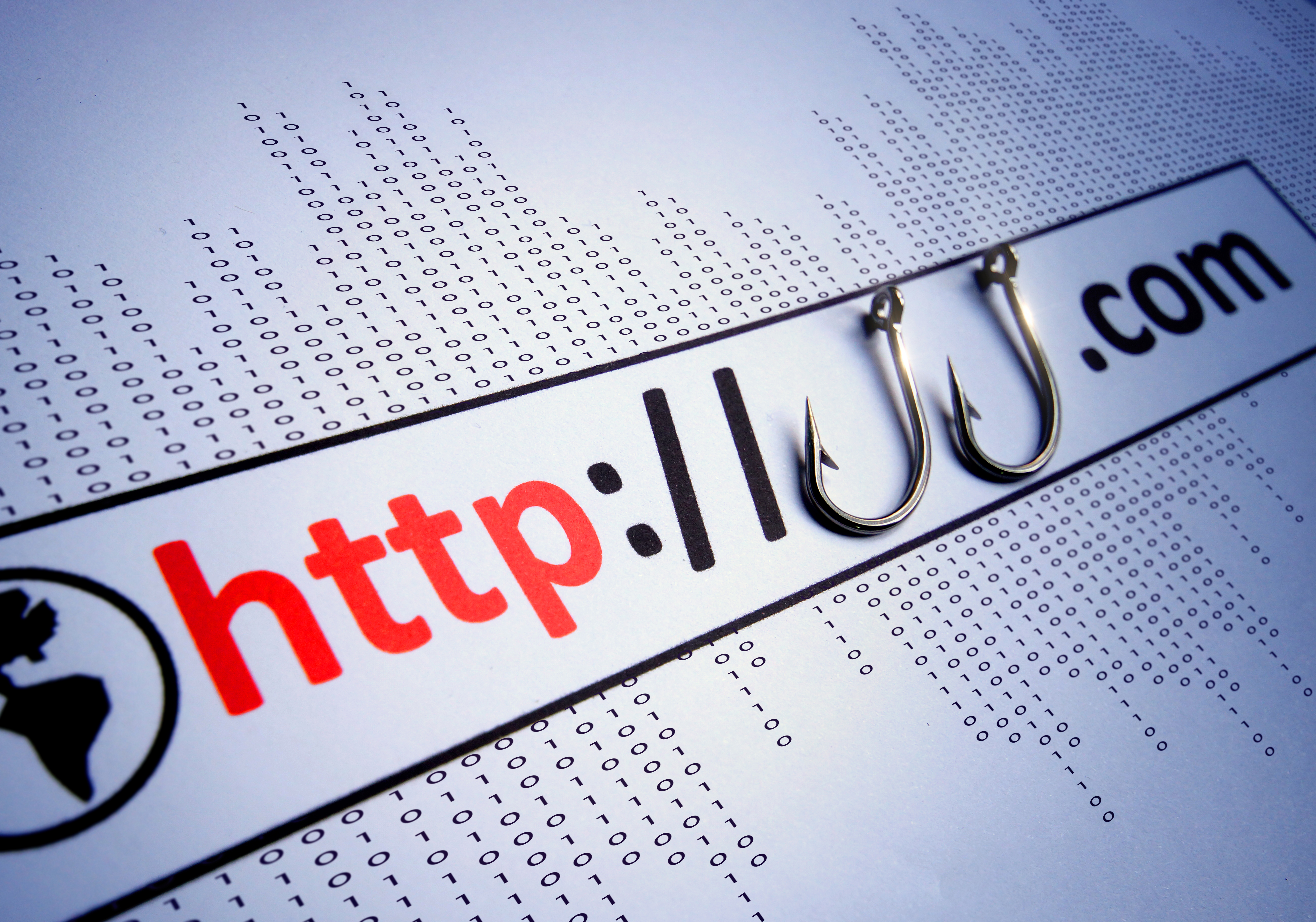Every website owner’s worst nightmare is discovering that their website has been hacked. Although WordPress is a secure option, all websites are susceptible to hacks, especially if the proper precautions have not been taken to safeguard them from hackers.
Despite the damage already done, there is still hope if your WordPress website is compromised. We can take several steps to recover the material, fix the damage, and, most importantly, protect your website from further attacks.
The purpose of this article is to address the following questions:
What are the signs that my WordPress website has been compromised?
If your website is acting strangely, it’s very likely that your website got hacked or infected by a virus/ malware. You might be experiencing problems due to a software error, hosting difficulties, outdated WordPress core files, outdated WordPress plugins, caching issues, or various other reasons. It can sometimes be challenging to know whether the data on your website has been stolen or the problems you are experiencing with your website are caused by something else.
Site hacking indicators include the following:
Your website will not run.
The reason for your website’s slow loading time may be due to several factors. There is a possibility of malicious attacks, among many others. Look at the warning message you see when accessing your website. To determine the cause of an error, you must identify the issue with your website first. Sometimes, errors are sufficiently broad to not allow us to identify the problem early enough – we can perform a complete website audit to identify the issues with website load speeds and provide a solution to fix them.
The WordPress dashboard is not accessible.
Your WordPress dashboard login is not working? Reset your password as soon as possible if you are experiencing difficulty. In the case of multiple websites that you manage, it’s conceivable that you might forget that you reset your credentials on one.
The lack of an SMTP server makes sending emails through your website complex. You might not receive emails with new password links if you use WordPress’s native PHP mail() function. It is common for email services such as Yahoo, Outlook, and Gmail to stop receiving emails sent with the PHP mail() method. It may be time to be concerned about a hacked account if you already use an SMTP server for your emails and have never had any problems with deliverability.
A virus alert appears when you Google your site or try to load it.
Users of all major browsers are warned of viruses using Google’s Safe Browsing data. When users attempt to enter one of the dangerous sites, Google Safe Browsing displays a harmful warning message. A website attack may cause this message appearing on your website.
Your website shows modifications that you haven’t done.
For malicious purposes, cybercriminals may include material designed to capture confidential data or lure users to other websites. If you discover any material you or another authorized user did not create, your website has been hacked.
Typically, these adjustments are visible as new material replacing your main page, an odd pop-up, or ad positions on a website where they shouldn’t be. Your website may also contain less obvious features, such as externally created tabs or links. It is not uncommon for attackers to use spammy comments or hide links in locations that are difficult to find. Your footer is an excellent place to include inconspicuous links or randomly place them within the content. Alternatively, they might change the links on the tabs you currently have on your website.
Visitors are being sent to dangerous websites by ads on your website.
Using advertisements, hackers direct users to malicious and phishing sites through “malvertising.” Display network adverts can quickly go unnoticed since the website may not control the particular advertisement. Identifying which of your website’s promotions is leading to a dangerous site may take time if you often run promotions on the website.
In the event that you discover advertising on your website, you should immediately remove the offensive ad and the advertiser’s login information. You can temporarily disable advertising on your website and notify the display network to remove it from their database if a display network is offering advertising on your website.
Your website suddenly performs worse, loading slowly or displaying timeout issues.
If your site is running but is extremely slow or there are server timeouts, the problem is probably due to a busy server. Your website may be under attack, using too many resources on your network, or having a malfunctioning plugin.
Your website is moving to a different location.
This is not good news. If you are redirected to another website instead of your own, you’ve been attacked. Hackers need access to your website’s data or domain registrar profile to commit this type of hack.
A 301-redirect might be added to your DNS records if they were able to access your registrar credentials. If they gained access to your website by breaking the WordPress admin password or obtaining your FTP credentials, they might add redirect codes to several different files, including your index.php and wp-config.php files.
Inquiries from clients regarding illegal charges come to you
If your customers complain about illegal charges and you use WooCommerce or another eCommerce platform, you may be dealing with a data breach. A hacker may have compromised your payment gateway or website.
WooCommerce on your website does not record credit card details and security codes; however, names, addresses, and emails are. Using this data, hackers could steal clients’ identities or use stolen credit cards to make payments.
FTP/SFTP passwords or new, unexpected user accounts are visible.
Your user database may not have been updated in a long time. Make it a habit to check the user list in your WordPress admin often for fake accounts if you manage a large website where users may register. You may have been hacked if you find editor, admin, or store manager accounts that you didn’t create.
Bots frequently generate spam accounts. Spammers might not always have access to fundamental files. However, they can still do much damage by posting spam comments that undermine your reputation, jam up your database, and lead your visitors to malicious websites.
You should also pay attention to your File Transfer Protocol (FTP) accounts. If you hired a professional to construct and maintain your website, your FTP credentials might have gone unnoticed. If you need a backup, you may find this information in your hosting account. The ideal solution is to use Secure File Transfer Protocol instead of FTP.
Your security plugin has let you know there is an issue.
You’ll receive an email if you install a security plugin if your site experiences any unusual activity. The downtime monitoring feature of your security plugin will also alert you if your website is unavailable. With these notifications, you may recognize, assess, and take action in response to everything from plugin vulnerabilities and catastrophic mistakes to hacker attempts.
You’ve been informed of a problem with your website by your web host.
It is also essential for hosting providers to keep an eye on their client’s websites since hackers, spammers, and overloaded servers are detested by them. You should be notified promptly by your host if your server is overcrowded or if they frequently receive abuse reports involving your domain. Check if your host sends messages concerning a website issue as soon as possible.
Conclusion
Have there been any data breaches? You might be curious to know why you were hacked and why someone would target your website or business. In many cases, it is less about “who” hacked your website and more about “when?” and what files became infected. A hacked website may require the reconstruction of files and structure and the recovery of data. Our specialized team will fix and disinfect the hacked website in no time, restoring it to its glory.







